On May 24, 1991, pop icon Madonna released the concert documentary Truth Or Dare. The film was originally given a limited release in big cities only, notably in Los Angeles. The documentary was considered extremely revealing and focused mainly on her 1990 Blond Ambition World Tour. And, oddly enough, director Alek Keshishian got the director’s gig after Madonna saw his senior project film.
Videos by American Songwriter
Originally, the film was going to be a basic concert film. However, incredibly impressed by Madonna’s life backstage, he convinced the “Like A Virgin” superstar to focus more on the intimate details behind the scenes, rather than what everyone saw on stage.
This creative decision was groundbreaking at the time, as was the choice to release the film in a moody black-and-white color scheme. (Or lack thereof.) The film ended up becoming the highest-grossing documentary of all time, up until 2002 when Bowling For Columbine stole that particular spot.
Madonna’s ‘Truth or Dare’ Influenced Reality Television and Celebrity Culture for Decades
Truth Or Dare gained mostly positive reviews, but the film was not without its criticisms. Not only did the film provide an intimate look into the personal life of a massive celebrity for more or less the first time in mainstream media, but some personal moments were criticized by critics. In one scene, Madonna visits her mother’s grave and lies beside it as “Promise To Try” plays in the background. One critic from Entertainment Weekly noted that the scene was “awkward and forced.”
In other scenes, the film showcases the lives of the LGBTQ people (namely dancers) who worked with Madonna, which was considered taboo at the time.
Either way, Truth Or Dare really was groundbreaking. It was a daring look into the life of a superstar. While some critics wondered whether or not Madonna was really being herself in any one scene, the visibility of the LGBTQ people who helped form Madonna’s public identity and Madonna’s occasional playfulness was refreshing. And it definitely humanized such a huge public figure to some extent.
I have to say, though, that I think labelling the film as a “concert documentary” was a bit misleading. Most of what you see is backstage and in dressing rooms. And that’s not a bad thing. In fact, for the time, it was a wildly new thing.
Photo by FocKan/WireImage
When you purchase through links on our site, we may earn an affiliate commission.

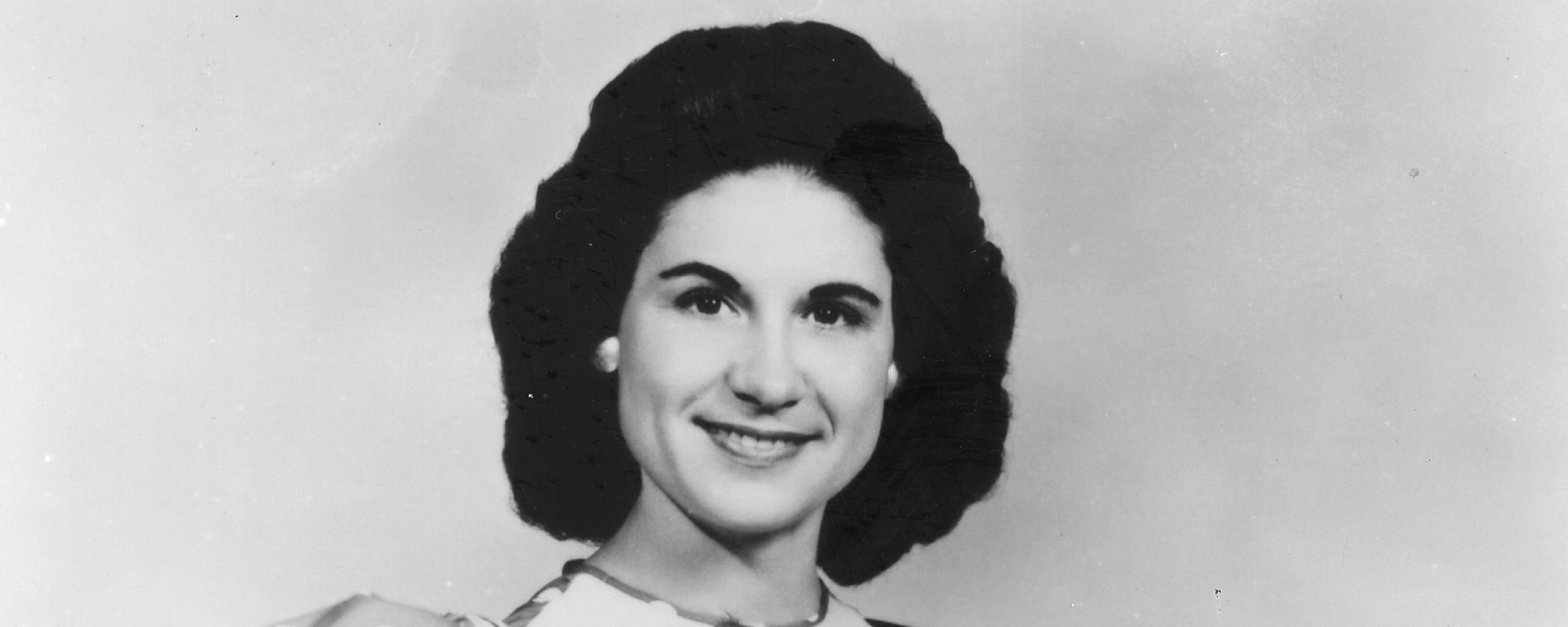

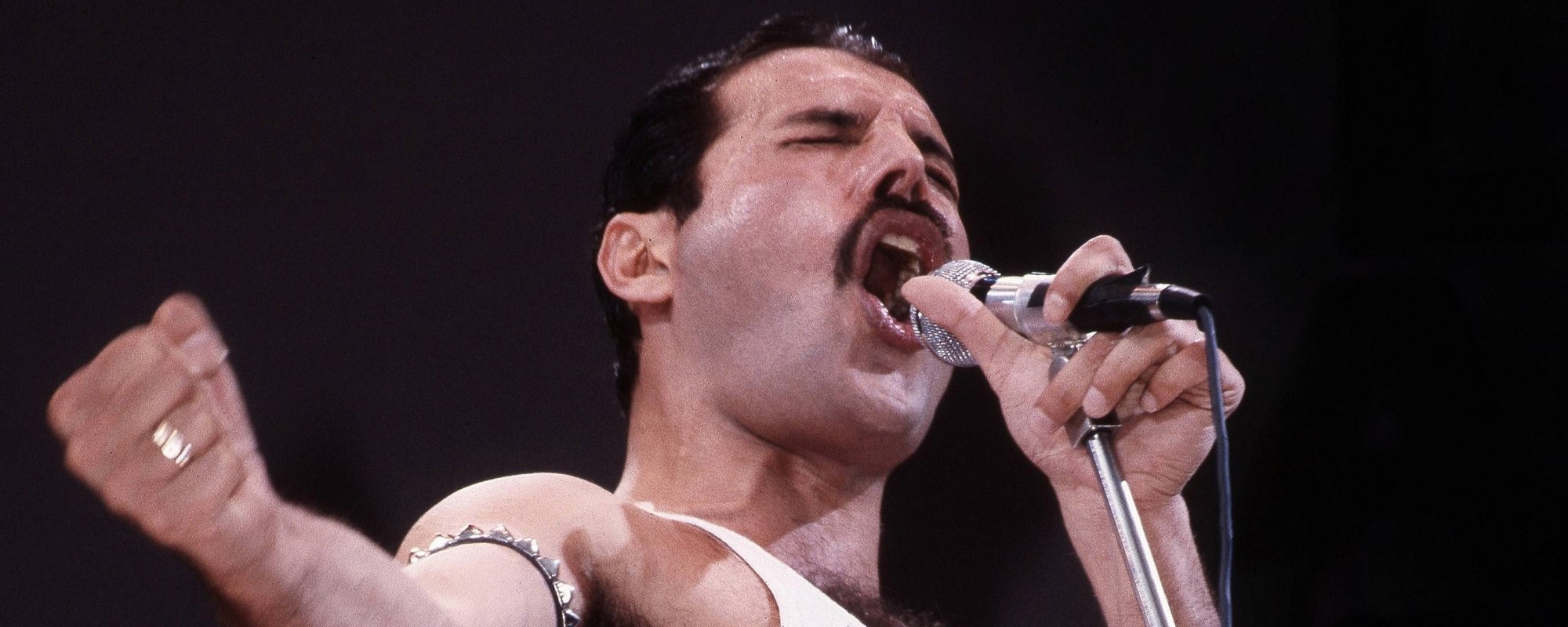

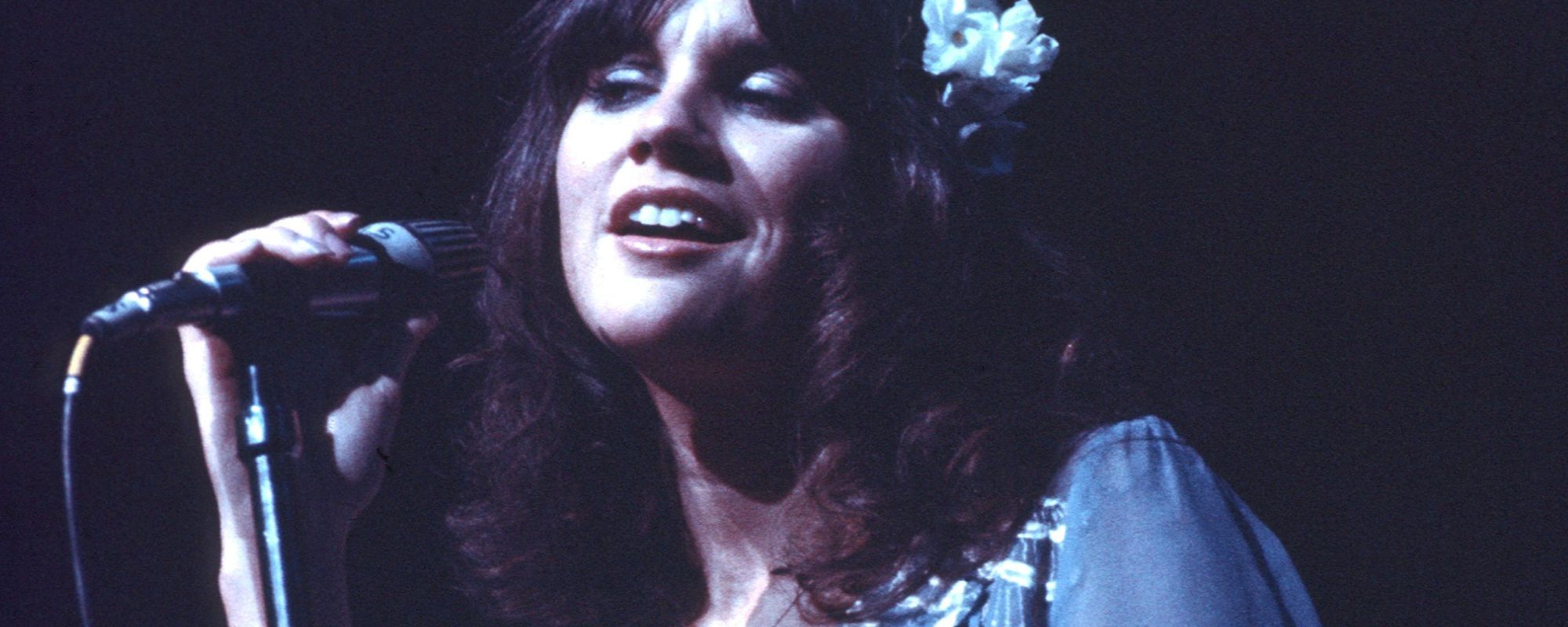
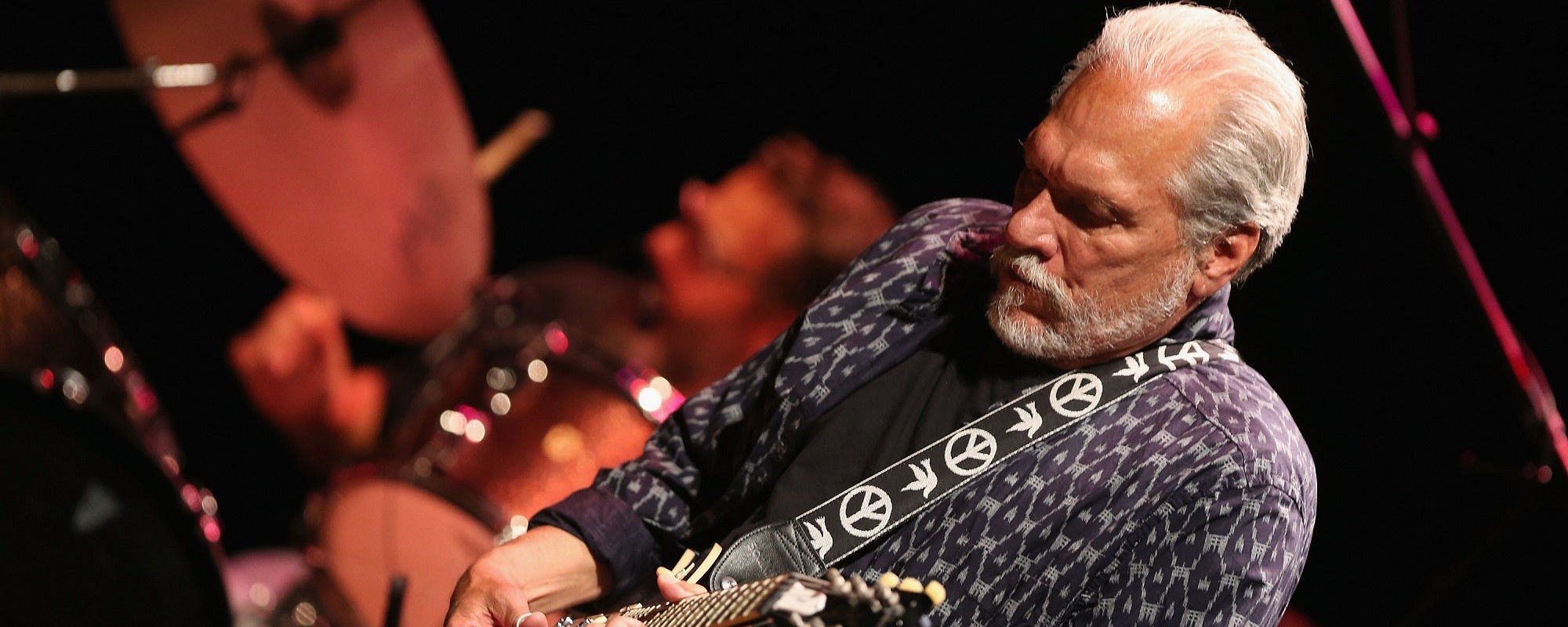
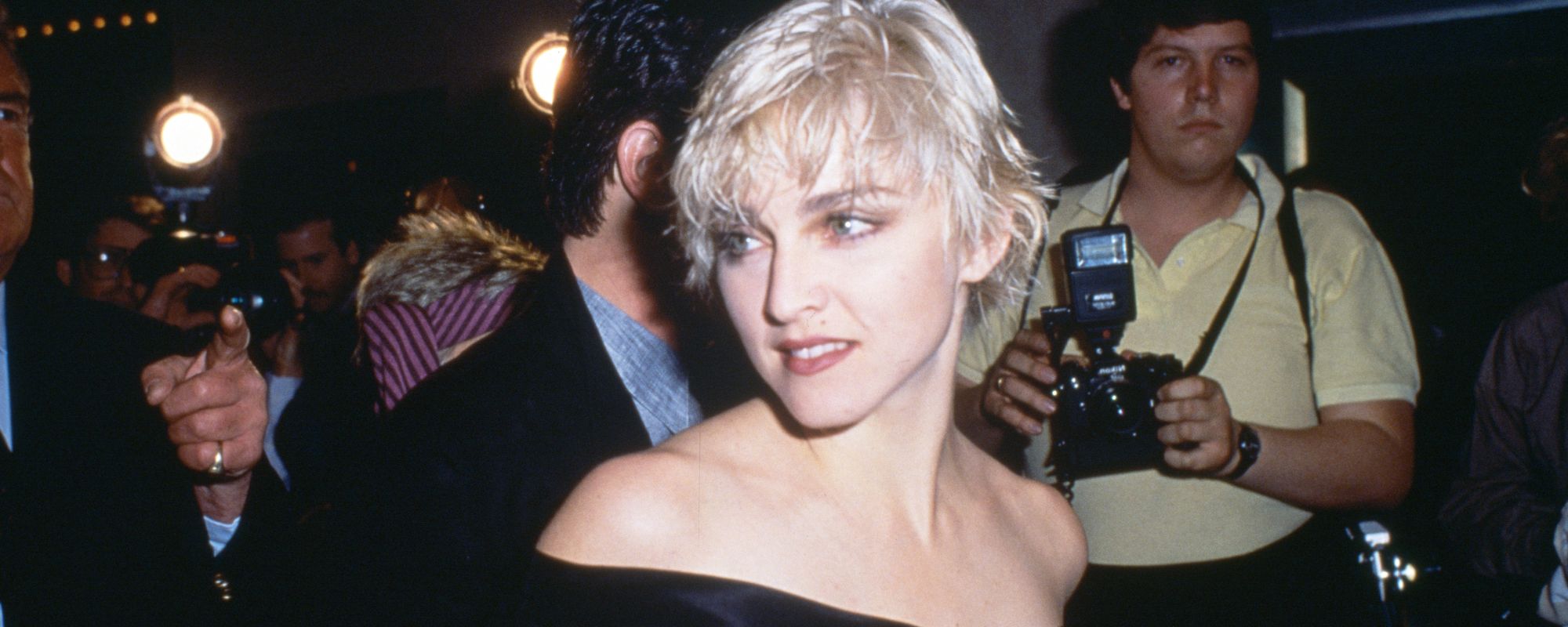



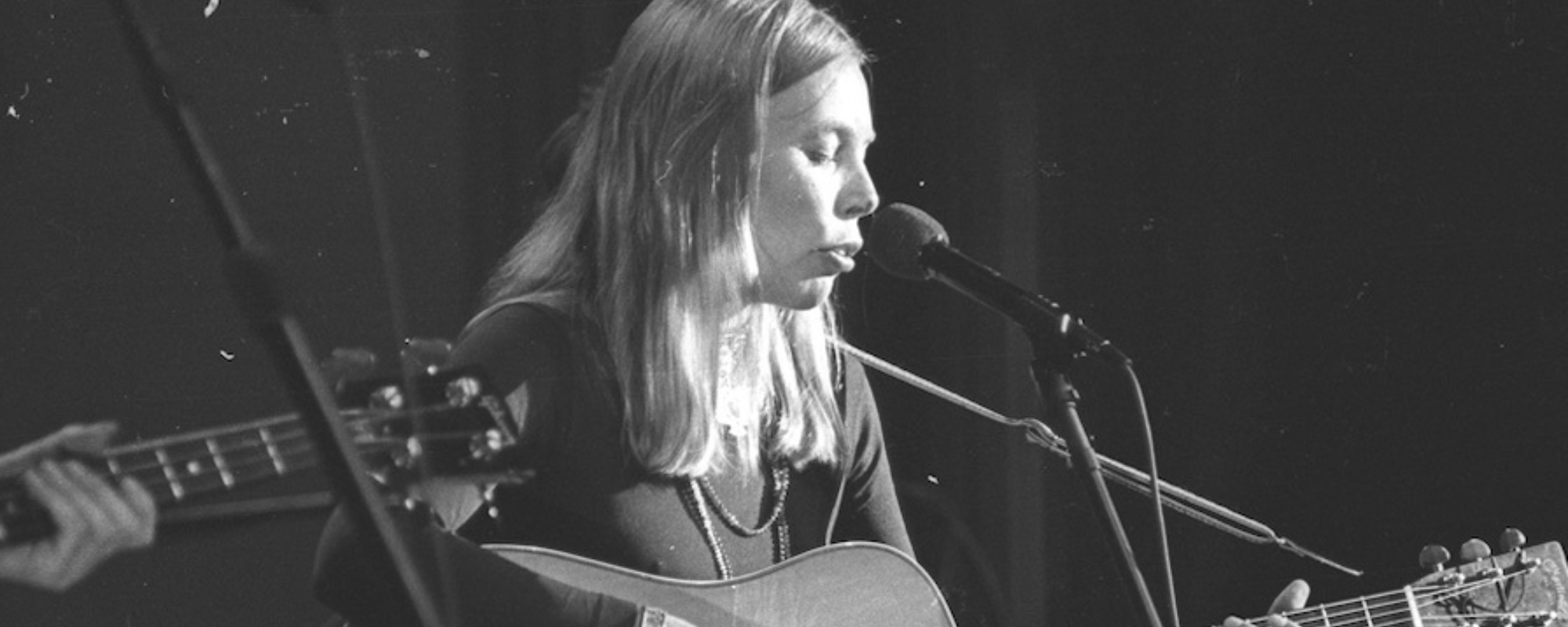

Leave a Reply
Only members can comment. Become a member. Already a member? Log in.